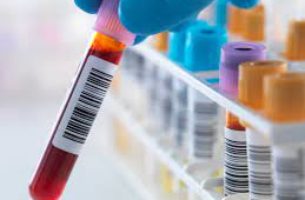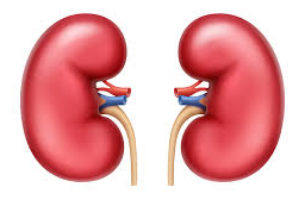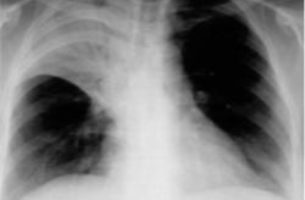How antidepressants work In this article, we will describe how antidepressant tablets work. Different kinds of antidepressants target different neurotransmitters. Common antidepressant groups Selective serotonin reuptake inhibitors (SSRIs) – are the most commonly prescribed antidepressants available. They include citalopram and sertraline. Both drugs affect a serotonin transporter but also affect other serotonin receptors to relieve major depression. Serotonin and […]
Read MoreHow to stop antidepressants The key is to taper off the medication gradually to minimise withdrawal symptoms. Tapering off antidepressants The NHS recommends that patients should not stop taking antidepressants suddenly. Instead, the dose should be slowly reduced over several weeks or months, depending on the type of antidepressant, dosage, and treatment duration. Common types […]
Read MoreBest apps for mental health problems In this article we will describe the best apps in the UK for mental health problems. Anxiety and Stress Calm: A popular app that offers guided meditation, sleep stories, and relaxing music to help reduce anxiety and stress Headspace: A well-known app that provides personalised meditation sessions and tracks […]
Read MoreWhat is an ideal HbA1c? An ideal HbA1c level depends on whether you have diabetes or are at risk of developing it. Normal HbA1c = 20-42 mmol/mol (or 4-6%). Non-diabetics: A normal HbA1c level is below 36 mmol/mol (5.5%) People at risk of developing diabetes (prediabetes): An ideal HbA1c level is below 42 mmol/mol (6%) […]
Read MoreRenal immunology blood tests This is the battery of blood tests that are usually done on patients with suspected glomerulonephritis – and what they are looking for. None are completely reliable, i.e. if they are positive/negative, the test does not fully diagnose/exclude the disease. A renal biopsy is almost always required to be certain of […]
Read More10 chronic glomerulonephritis facts In this article we will describe 10 facts about chronic glomerulonephritis (CGN). 5 Key Points Chronic glomerulonephritis is a group of autoimmune kidney disorders characterised by inflammation and damage to the glomeruli, which are tiny filtering units (sieves) within the kidneys. It can lead to progressive kidney damage and eventual kidney […]
Read MoreChest x-ray in pneumonia On a chest x-ray, pneumonia appears as an area of increased opacity or whiteness, indicating lung consolidation where air is replaced by fluid or pus. Here are some examples. Right Middle Lobe Consolidation Right Middle Lobe Pneumonia Right Lower Lobe Pneumonia Right Lower Lobe Pneumonia, Anterior Segment Right Lower Lobe Pneumonia, […]
Read MoreA normal magnesium level Magnesium (Mg) = 0.7–1.0 mmol/L. Magnesium is a mineral (metallic element) is found in every cell of your body, and is essential to life. It is vital to energy production, muscle contraction, nerve function, and maintenance of strong bones. About half of the body’s magnesium is combined with calcium and phosphate […]
Read MoreA normal haemoglobin (‘Hb’) level A normal haemoglobin level in a man and woman 130-170 g/L for a man 110-150 g/L for a woman. Note. So a normal haemoglobin (‘Hb’) is different for a man and woman – i.e. a Hb of 120 g/L is anaemia for a man, but normal for a woman. What […]
Read MoreA normal blood phosphate level A normal blood phosphate is 0.8-1.4 mmol/L. What is phosphate? Phosphate, or phosphorus, is a mineral that plays a vital role in many bodily functions, including: Bone and teeth formation: Phosphate is a key component of hydroxyapatite, the mineral that gives bones their strength and rigidity Energy production: Phosphate is […]
Read More




